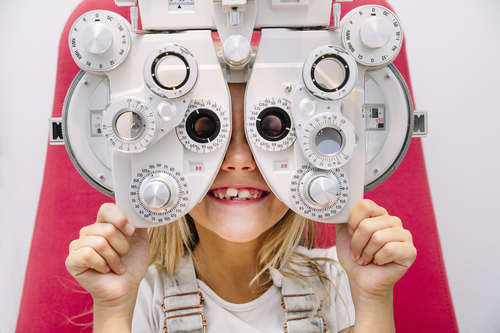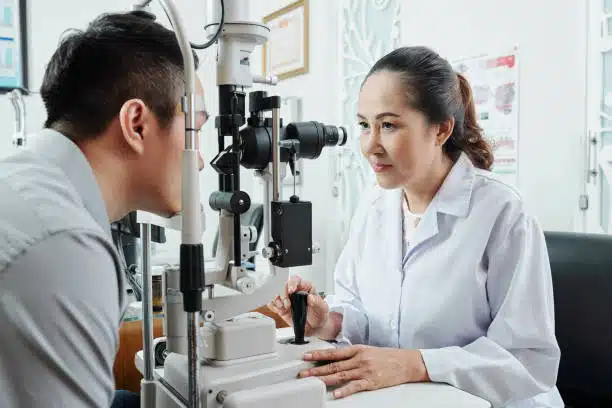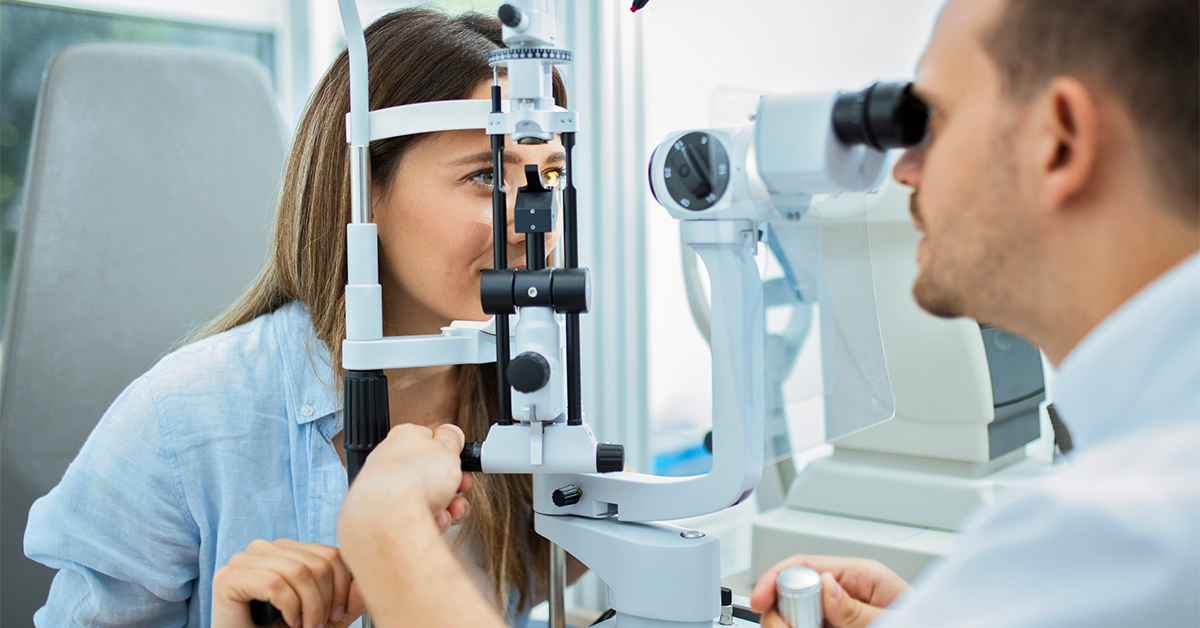Experience Personalized Treatment with Opticore Optometry in Chino
Exploring the most up to date Technological Advancements in Optometry and What They Mean for Optometrists
From the accuracy of Optical Coherence Tomography to the nuanced insights provided by AI-driven diagnostic devices, these advancements are setting new standards in person analysis and treatment. As these advancements permeate the method, optometrists are faced with the challenge of accepting these devices to boost client outcomes.
Innovations in Diagnostic Devices
Advancing the area of optometry, advancements in diagnostic tools have actually reinvented the method eye care specialists evaluate and diagnose ocular problems and visual problems. The previous years has witnessed substantial technological improvements, allowing more precise and comprehensive assessments. Optical Coherence Tomography (OCT), for instance, offers high-resolution cross-sectional pictures of the retina, permitting the early detection of conditions such as glaucoma and age-related macular degeneration. This non-invasive imaging method has ended up being essential in contemporary optometric method.
One more secret advancement is the intro of advanced corneal topography systems, which map the surface area curvature of the cornea with precision. These tools are especially useful for fitting get in touch with lenses and detecting corneal problems. Digital retinal imaging has actually transformed traditional ophthalmoscopy, providing comprehensive, panoramic views of the retina that assist in comprehensive aesthetic assessments.
The growth of wavefront aberrometry has additionally been essential, allowing the evaluation of refractive mistakes with unequaled accuracy (Optometrist Chino). This modern technology assists in personalizing rehabilitative lenses and boosting surgical end results for refractive surgical procedures. Collectively, these analysis developments encourage eye doctors to supply exceptional patient treatment, ensuring very early intervention and tailored therapy methods, eventually boosting aesthetic health end results
AI in Individual Monitoring
Structure on the structure of sophisticated diagnostic tools, the unification of fabricated intelligence (AI) in patient administration represents a transformative jump for optometry. AI systems are increasingly used to improve effectiveness, precision, and customization in individual care. By assessing huge amounts of data, AI can identify patterns and anticipate potential ocular conditions, making it possible for eye doctors to customize treatments extra successfully. This capability is important in handling chronic eye conditions such as glaucoma and diabetic person retinopathy, where very early detection and continuous surveillance are vital.
Furthermore, AI-driven platforms promote streamlined individual communications and administrative procedures. Automated scheduling, digital consultations, and individualized follow-up plans not only improve individual satisfaction but also enhance time management for specialists. These systems can triage patients based upon the urgency of their problems, ensuring that those in critical requirement get prompt focus.
In addition, AI boosts decision-making by giving eye doctors with evidence-based referrals and therapy pathways. By integrating data from digital health and wellness records, AI tools use understandings that inform clinical decisions, minimizing the risk of errors and boosting client results. As AI remains to evolve, its function in person monitoring will likely increase, improving the landscape of optometric care.
Advancements in Retinal Imaging
In the world of optometry, retinal imaging has witnessed exceptional technical advancements that are enhancing analysis capacities and individual care. Technologies such as Optical Coherence Tomography (OCT) and fundus photography have reinvented how eye doctors visualize and assess the retina.
Boosted imaging methods like OCT angiography are more refining diagnostic accuracy. Eye Doctor Optometrist. Such advancements facilitate the identification of minute retinal changes that might indicate illness development.
Furthermore, advancements in expert system are augmenting retinal imaging by making it possible for computerized analysis of huge datasets. These systems help eye doctors in determining patterns a measure of pathology, therefore boosting analysis precision and effectiveness. Jointly, these advancements are changing retinal imaging into a keystone of modern eye care, boosting end results and expanding restorative possibilities.
Teleoptometry's Growing Duty
Teleoptometry is progressively ending up being a crucial element of eye treatment, driven by advancements in electronic interaction and diagnostic devices. As optometry welcomes digital makeover, teleoptometry facilitates remote consultations, allowing optometrists to extend their services beyond standard borders. This is specifically advantageous in underserved and country locations where access to specialized eye treatment is often minimal. By leveraging high-resolution video conferencing and progressed retinal imaging, eye doctors can perform thorough eye examinations from afar, making sure prompt medical diagnosis and therapy.
The integration of expert system (AI) further improves teleoptometry, enabling the analysis of visual data and helping in the detection of ocular conditions such as glaucoma check my source and diabetic person retinopathy. AI-powered algorithms can swiftly interpret intricate imaging data, giving eye doctors with valuable insights that reinforce scientific decision-making.
Furthermore, teleoptometry supports connection that site of care via smooth integration with digital wellness documents (EHRs), enabling optometrists to maintain detailed individual histories. This makes certain that people obtain consistent and customized treatment even when seeking advice from with different specialists.
In spite of these benefits, obstacles stay, including making certain information security and taking care of person expectations. Teleoptometry stands for a substantial stride towards more available, effective, and patient-centered eye treatment. As modern technology develops, its function is poised to increase even more.

Future Fads in Eye Treatment
A myriad of cutting-edge patterns is set to improve the future of eye care, driven by technical improvements and the advancing demands of people. One substantial pattern is the assimilation of expert system (AI) in diagnostics, which guarantees to improve the accuracy and performance of eye evaluations. AI formulas can analyze huge quantities of data from retinal pictures, possibly spotting problems like diabetic retinopathy and glaucoma earlier than traditional methods.
Moreover, customized medicine is obtaining traction in optometry, with hereditary testing educating tailored treatment strategies. This method aims to maximize client outcomes by tailoring treatments to specific hereditary profiles. Wearable technology, such as clever call lenses, is likewise on the perspective, providing real-time tracking of intraocular pressure or glucose levels, thus giving continuous insights right into eye and systemic health.
The fostering of augmented fact (AR) and virtual fact (VIRTUAL REALITY) in training and client education is an additional arising pattern. These modern technologies use immersive experiences that can enhance understanding and skills both for people and optometrists. As these trends evolve, optometrists have to remain abreast of technological developments to supply sophisticated treatment, ensuring improved person outcomes and fulfillment in the vibrant landscape of eye care.
Final Thought

Jointly, these diagnostic advancements empower optometrists to supply premium individual treatment, ensuring very early intervention and customized therapy techniques, inevitably improving visual health end results.

As these innovations proceed to progress, optometrists need to adjust and include them right into technique, inevitably maximizing process efficiency and boosting the standard of eye treatment provided to individuals.